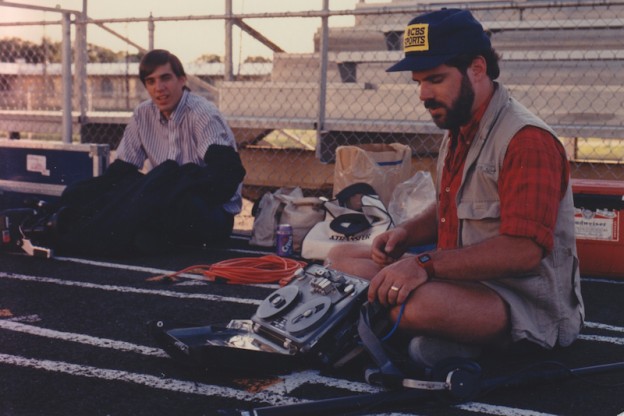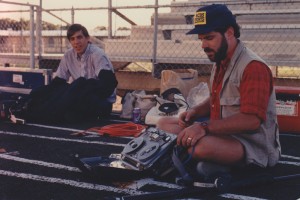Nagra tape recorders were the de-facto industry standard for motion picture film sound for almost 40 years. Made in Switzerland by the company Kudelski, there was no higher standard for battery-powered, analog audio recording. Nagras are an object lesson in quality engineering and excellence in manufacturing. Now that digital recording has largely replaced tape in motion picture production, there are thousands of Nagras in disuse, deep storage, or on the shelf of the vintage audio collector. On the bright side, audiophiles and tape recording enthusiasts have embraced Stereo Nagras as the primary record/playback device in their very-expensive listening rooms.
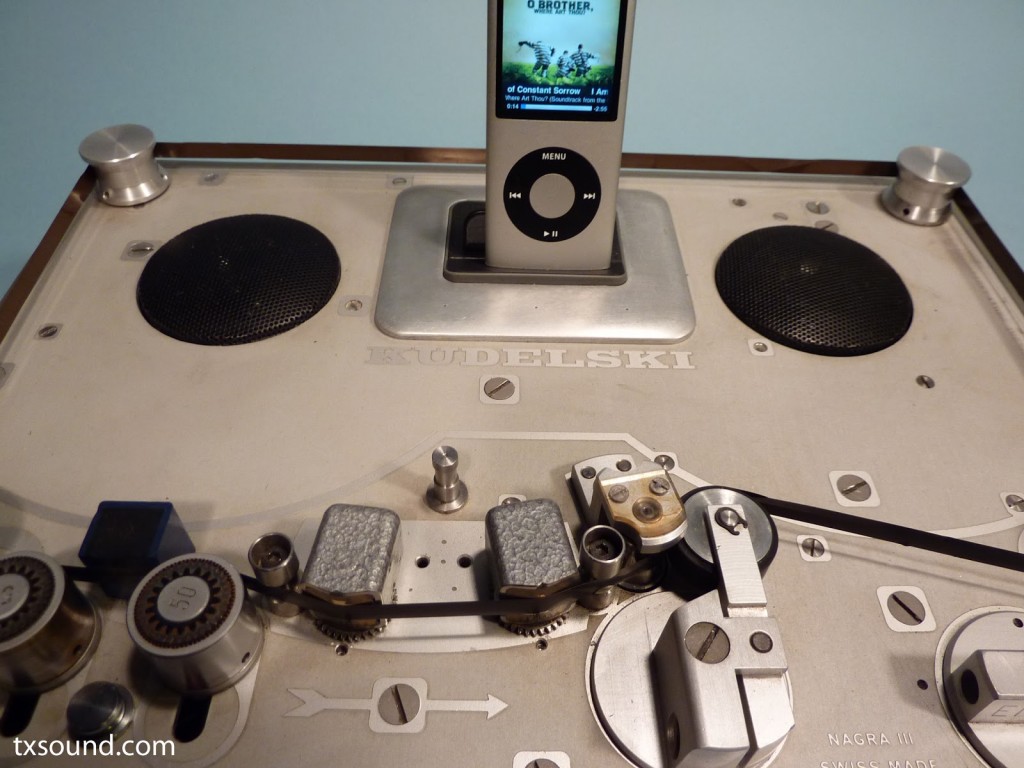 Of the many Nagra models, I have a particular attraction to the Nagra III. The III was the 1st culmination of Kudelski’s hard work in addressing the needs of professional audio recording for film and many other fields of sound acquisition. Even since its introduction and acceptance in the early 60’s, technical specifications for analog recording have rarely been exceeded. Using mostly germanium transistors, and all fixed-value components, the Nagra 3 can achieve recordings with 70db signal to noise ratio, just about the limit for analog, (with no noise reduction). There are no trimmer potentiometers under the deck. All alignment is done by changing/soldering fixed value components. Its meter, the modulometer, was a far more precise instrument in gauging record level than any ordinary VU meter. The III could record in either NAB or CCIR equalization curves at 3.75, 7.5 and 15 ips. The single motor is hand-assembled, and has rock-stable servo-controlled speed regulation. Upon playback, even the internal speaker is loud and robust, probably more so than any Nagra since. The tape transport allowed fluid movement of the tape for racking/cueing, loading and unloading, and has a grace that surpasses the models IV, 4.2, etc. Moreover, the III has an aesthetic that represents a labor of love. It is a study in circles. A simple form factor with few controls performing many functions. A classic Swiss Army knife! A feel and solidness that exceeds all the models that followed.
Of the many Nagra models, I have a particular attraction to the Nagra III. The III was the 1st culmination of Kudelski’s hard work in addressing the needs of professional audio recording for film and many other fields of sound acquisition. Even since its introduction and acceptance in the early 60’s, technical specifications for analog recording have rarely been exceeded. Using mostly germanium transistors, and all fixed-value components, the Nagra 3 can achieve recordings with 70db signal to noise ratio, just about the limit for analog, (with no noise reduction). There are no trimmer potentiometers under the deck. All alignment is done by changing/soldering fixed value components. Its meter, the modulometer, was a far more precise instrument in gauging record level than any ordinary VU meter. The III could record in either NAB or CCIR equalization curves at 3.75, 7.5 and 15 ips. The single motor is hand-assembled, and has rock-stable servo-controlled speed regulation. Upon playback, even the internal speaker is loud and robust, probably more so than any Nagra since. The tape transport allowed fluid movement of the tape for racking/cueing, loading and unloading, and has a grace that surpasses the models IV, 4.2, etc. Moreover, the III has an aesthetic that represents a labor of love. It is a study in circles. A simple form factor with few controls performing many functions. A classic Swiss Army knife! A feel and solidness that exceeds all the models that followed.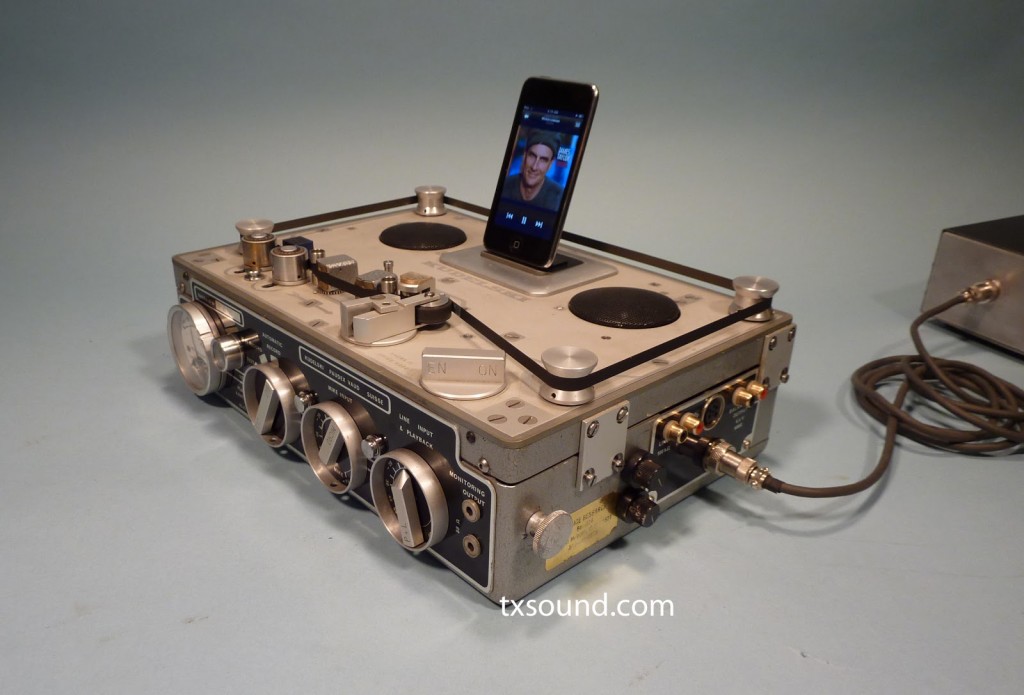
Why then would I hack up a beautiful machine like the Nagra III and force feed it lowly compressed digital files of pop music? I used these machines on a daily basis in the first 10 years of my sound career. Countless 12-hour days staring into the face of these machines. Thousands of recordings, head cleanings, reloads, battery changes, expensive service tuneups- cleaning, rebiasing, lubrication. Enduring blistering hot and icy cold condtions. Lugging over the shoulder, or perched atop a recording cart. A thousand drained D-cells.
Well, then, with the advent of digital, it was all over.
Suddenly I was working with a little clock-radio affair, a DAT recorder, at less than half the cost of my time code stereo Nagra IV-S. The DAT had superior specifications to the Nagra, but none of the tangible, hands-on, craft-feel of sound capture that the Nagra gave me daily. Every day I turned my DAT machine on, I did so with a prayer that it would not fail, because I was no longer in control. It was all inside that tiny machine with its rotating head, a mere spec of dust might shut it down. In summer, it ran so hot, I could not keep my palm flat on its lid. It would be another 5 years before digital recording disposed of tape transports entirely. Those were 5 long years of praying that clock- radio would continue to function. Back then, in the heat of battle, I didn’t think much about the retirement of my Nagra IV-STC and 4.2. It was nice not to hear tape hiss in my headphones. Thinking they would soon be more valuable as boat-anchors, I sold them to pay for my new digital machines. 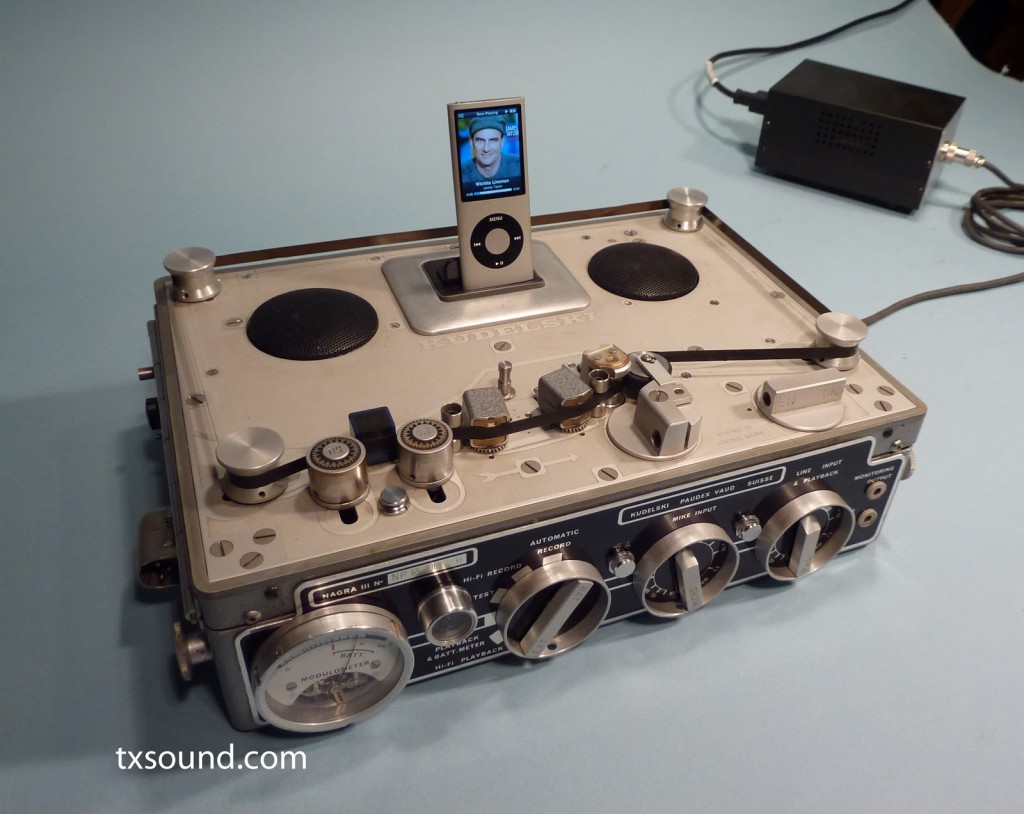
I have restored a few cast-off Nagras. My goal with these machines is to bring them to as close to original condition as possible, both technically and cosmetically. A few years ago, I acquired three retired Nagra III’s in various states of repair, for $240 all-in. That purchase is what really got me started. Out of the three, plus one other, I created two near-perfect examples of the Kudelski Nagra III. One was sold to a audiophile in Japan for $900. The other is mine and always will be. Its fun to have. Lace a tape, plug in a microphone, and record some stuff. Play it back. Work the controls. Rack the tape. Listen to the robust, boomy, sound of analog, full-track, monophonic recording. 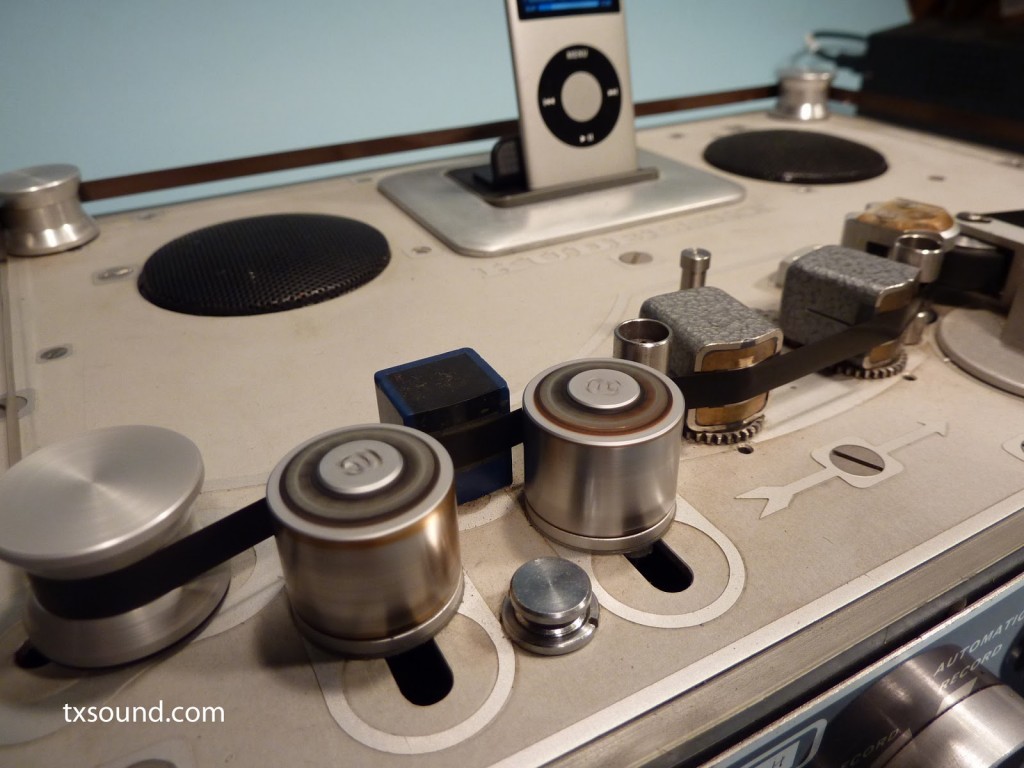 My restorations efforts left me with a lot of parts and two Nagra III’s that were shells of their former selves. Ipod popularity had gotten me and a lot of other re-purposers thinking about the Ipod Dock, that plastic affair on the shelf of Best Buy. There’s so much discarded technical equipment from the days of old that can be re-upped into a Gestalt of past and present. For me these Nagra III’s are at the front of the line. I like to play with my old tape recorders, but I rarely have the time. With my Ipod Nagra, I can keep it useful, every day. It now plays music, podcasts, internet streams, with room-filling volume, and a happily bouncing modulometer. It delights all who see and hear it. It lives again. by Pete Verrando www.txsound.com
My restorations efforts left me with a lot of parts and two Nagra III’s that were shells of their former selves. Ipod popularity had gotten me and a lot of other re-purposers thinking about the Ipod Dock, that plastic affair on the shelf of Best Buy. There’s so much discarded technical equipment from the days of old that can be re-upped into a Gestalt of past and present. For me these Nagra III’s are at the front of the line. I like to play with my old tape recorders, but I rarely have the time. With my Ipod Nagra, I can keep it useful, every day. It now plays music, podcasts, internet streams, with room-filling volume, and a happily bouncing modulometer. It delights all who see and hear it. It lives again. by Pete Verrando www.txsound.com


